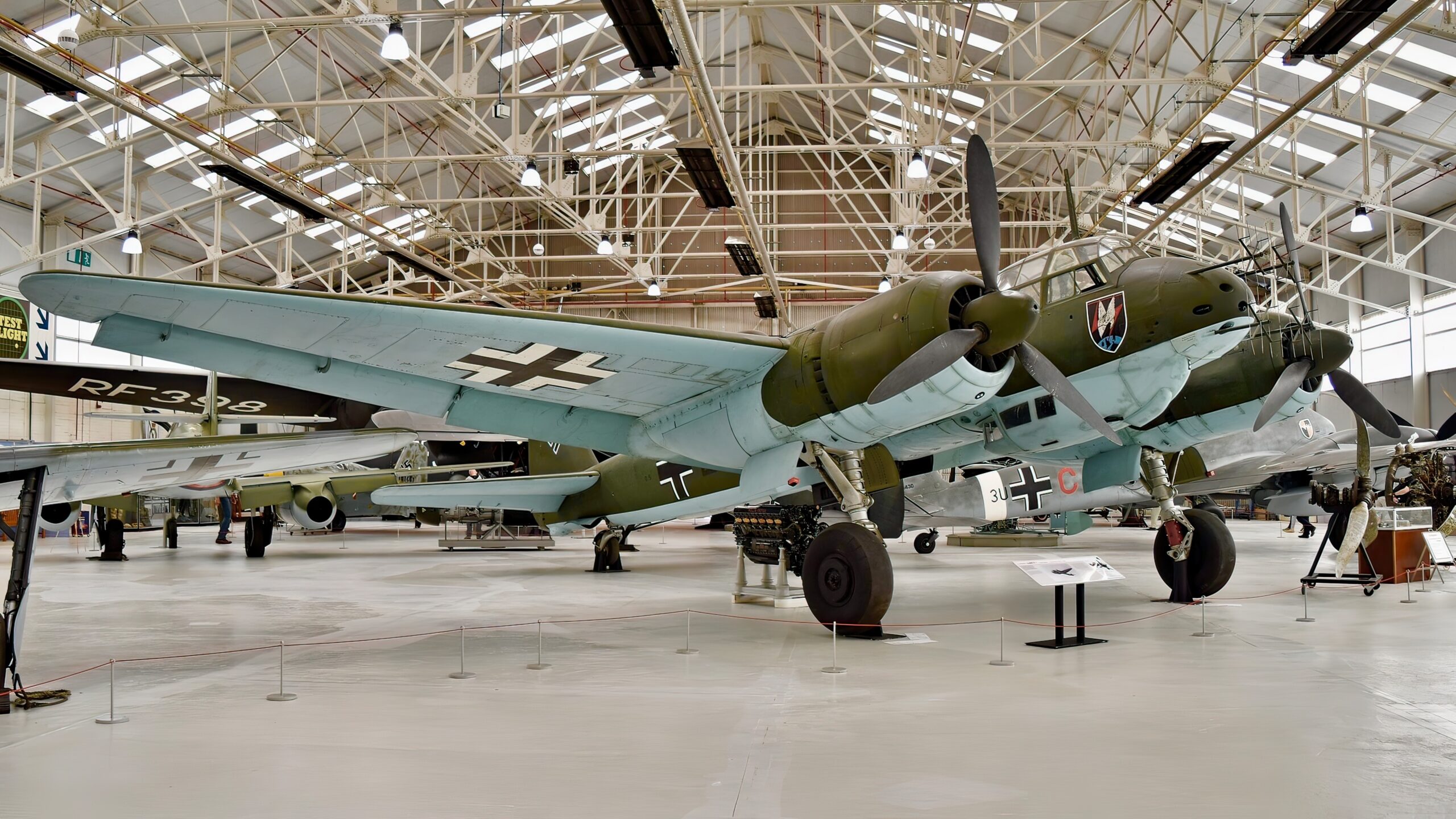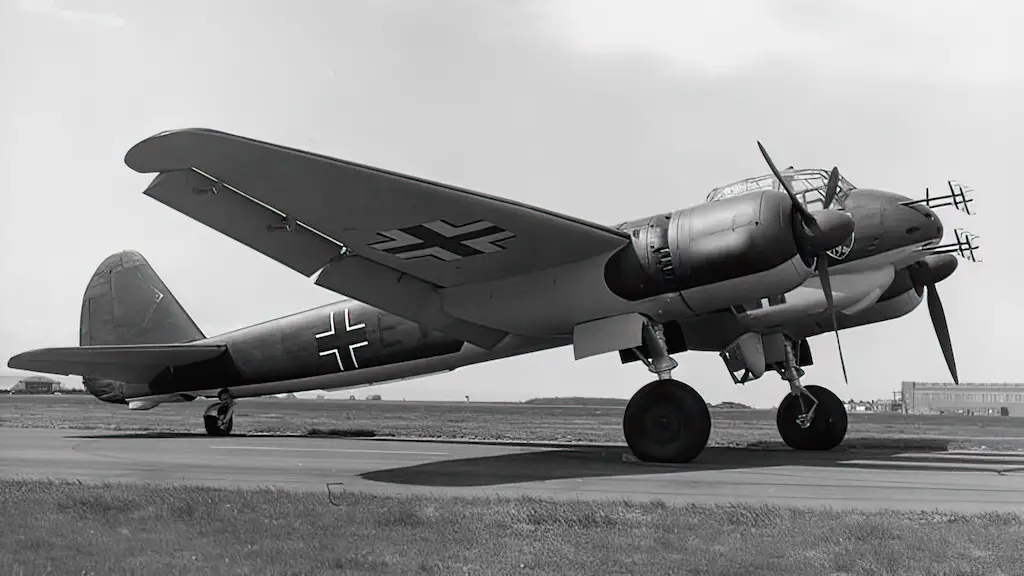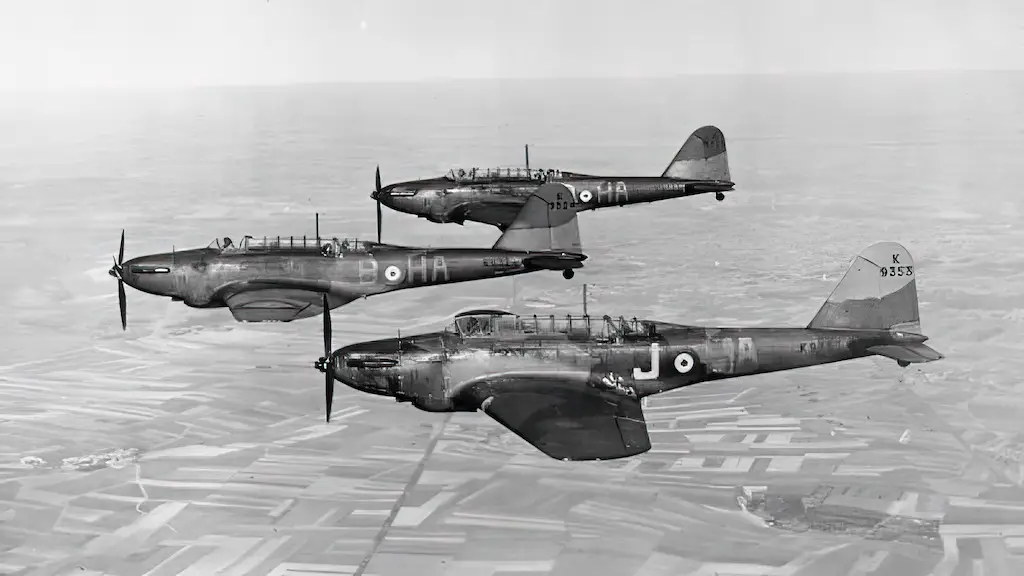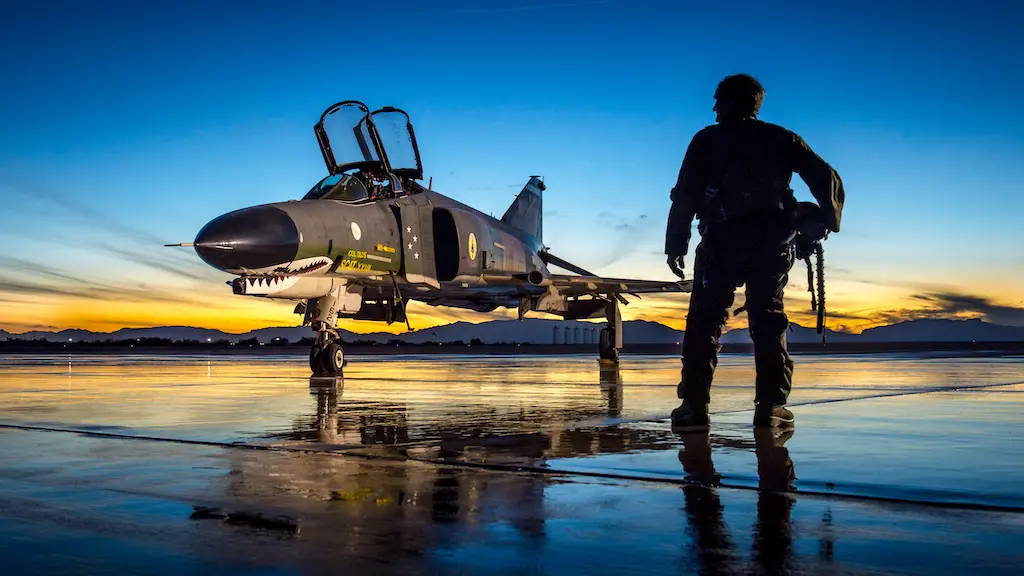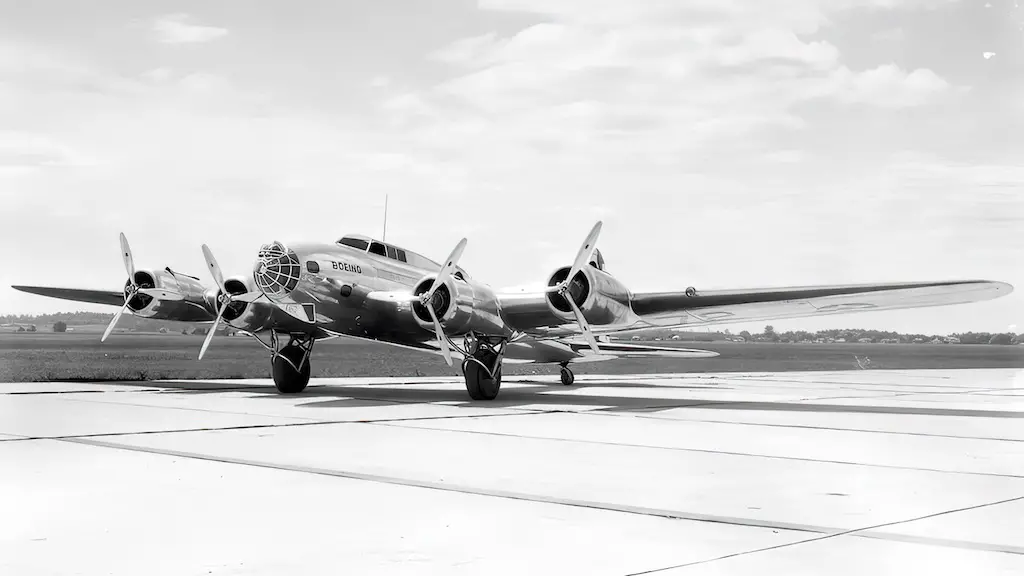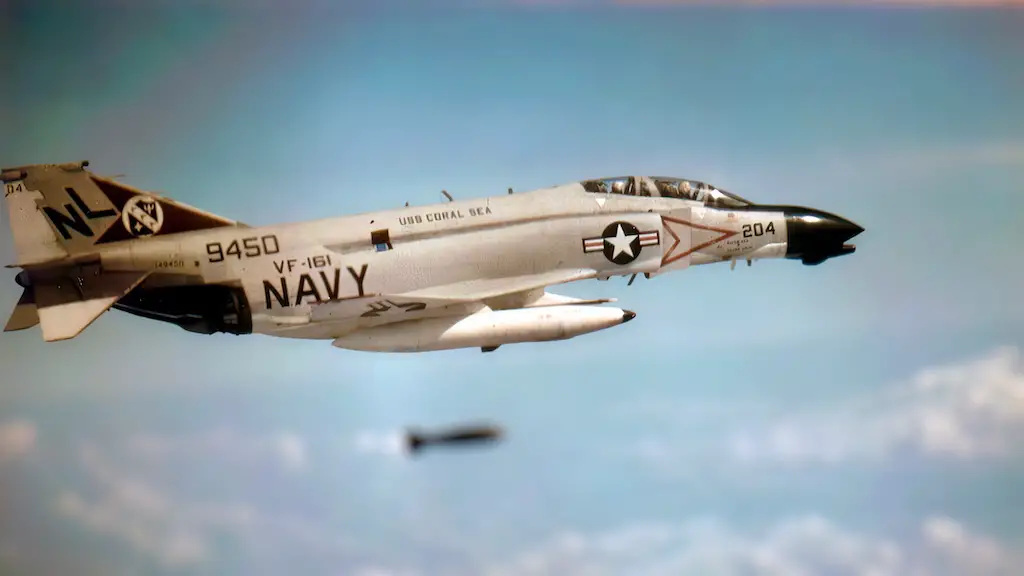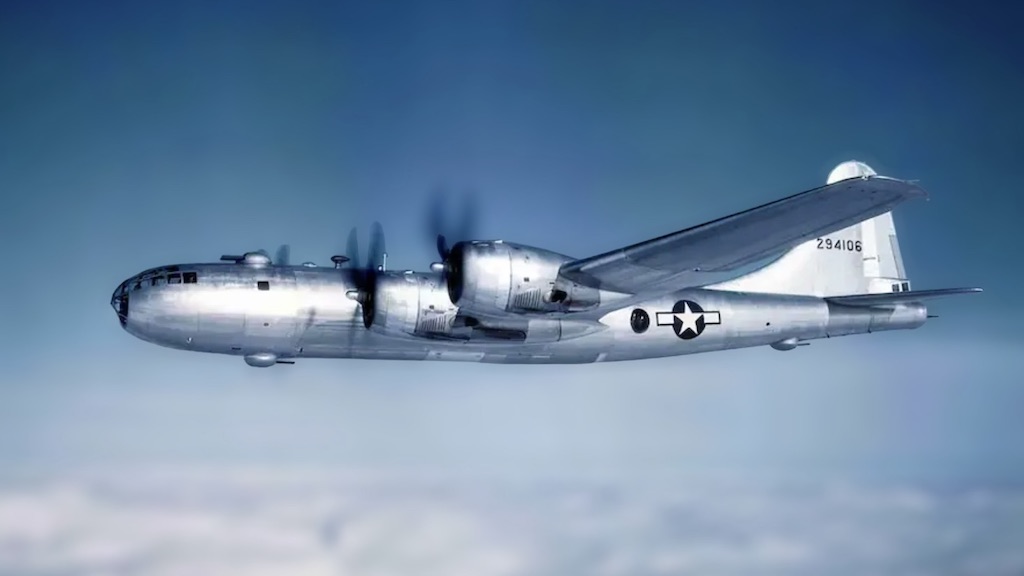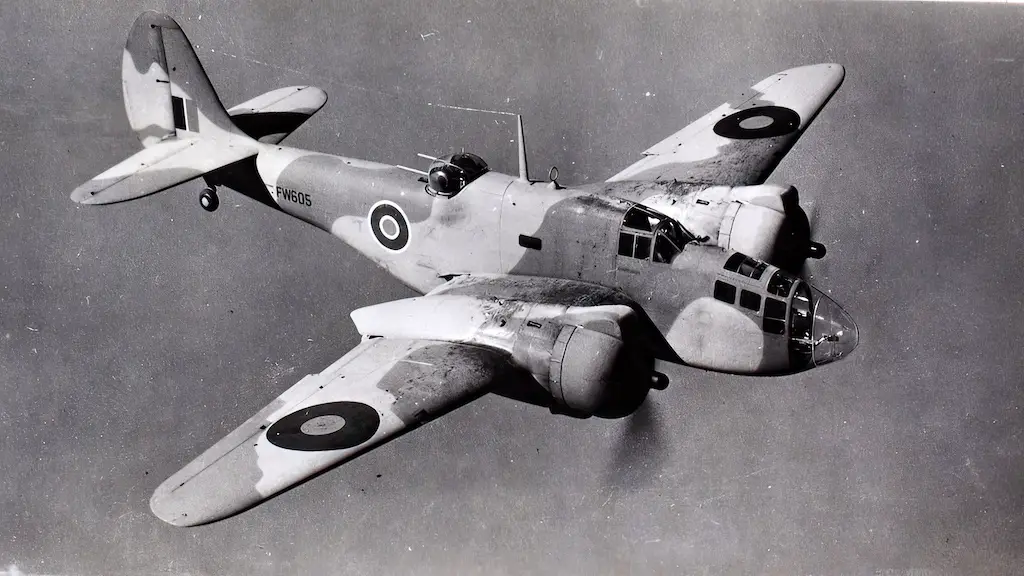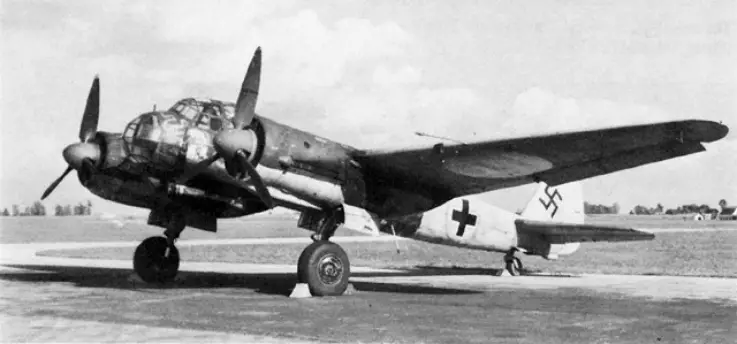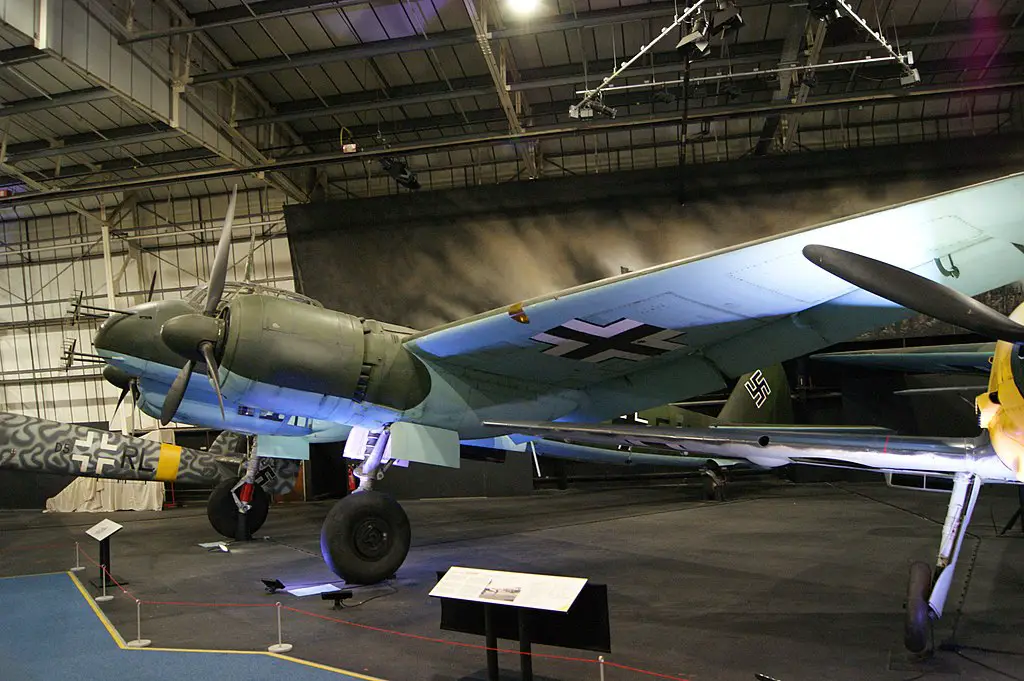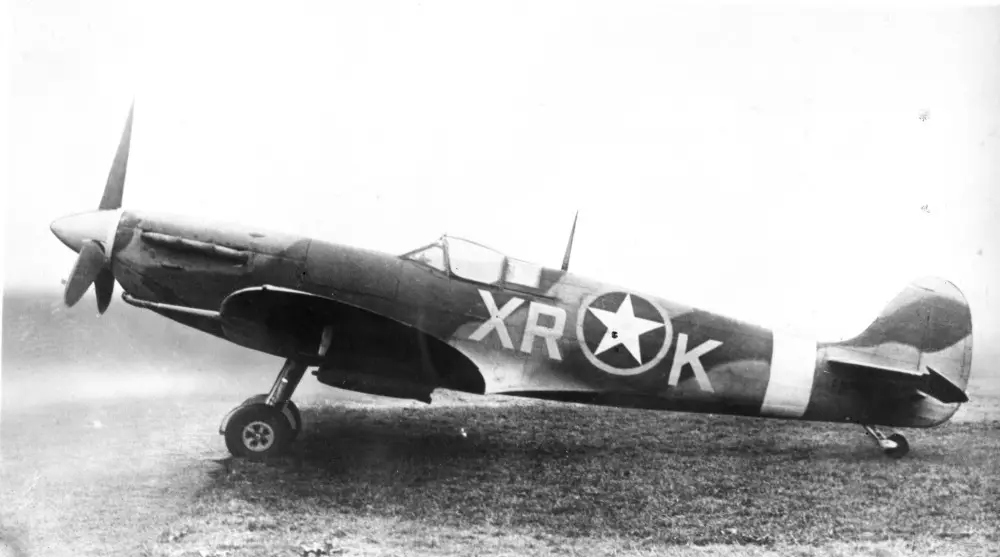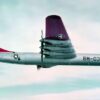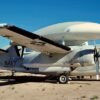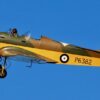The Junkers Ju 88, a German twin-engine aircraft, played a significant role during World War II. Renowned for its versatility and adaptability, the Ju 88 performed various roles, including bomber, dive bomber, reconnaissance, night fighter, and torpedo bomber. This article explores the aircraft’s history, design, and the engines that powered this legendary warplane.
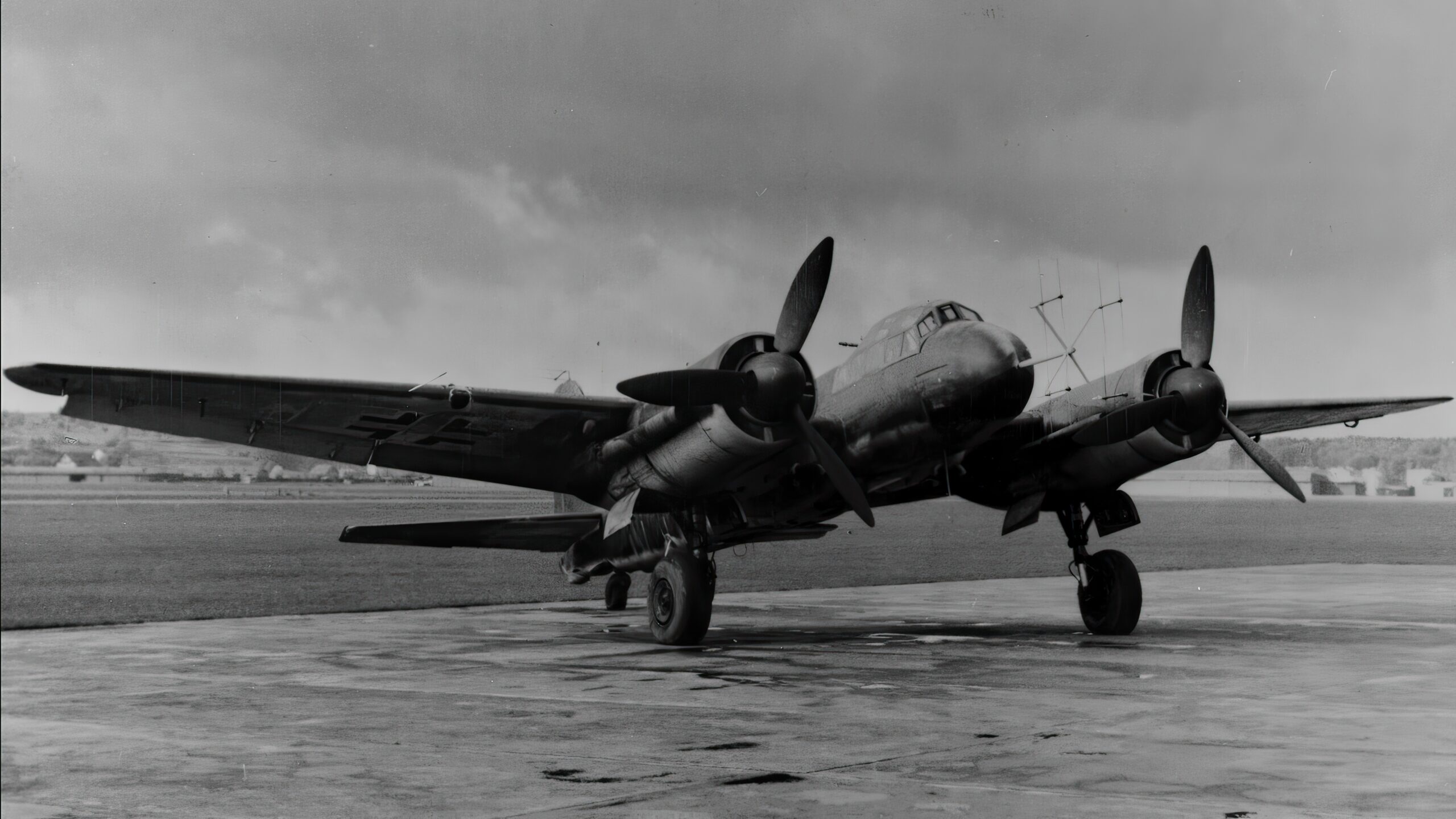
Historical Background
The development of the Junkers Ju 88 began in the mid-1930s as a response to the emerging needs of the German Luftwaffe. Designed by Hugo Junkers’ engineering team, the Ju 88 made its first flight in December 1936. Initially intended as a fast bomber, it quickly proved to be a highly adaptable aircraft, capable of performing multiple roles, thanks to its robust airframe and powerful engines.
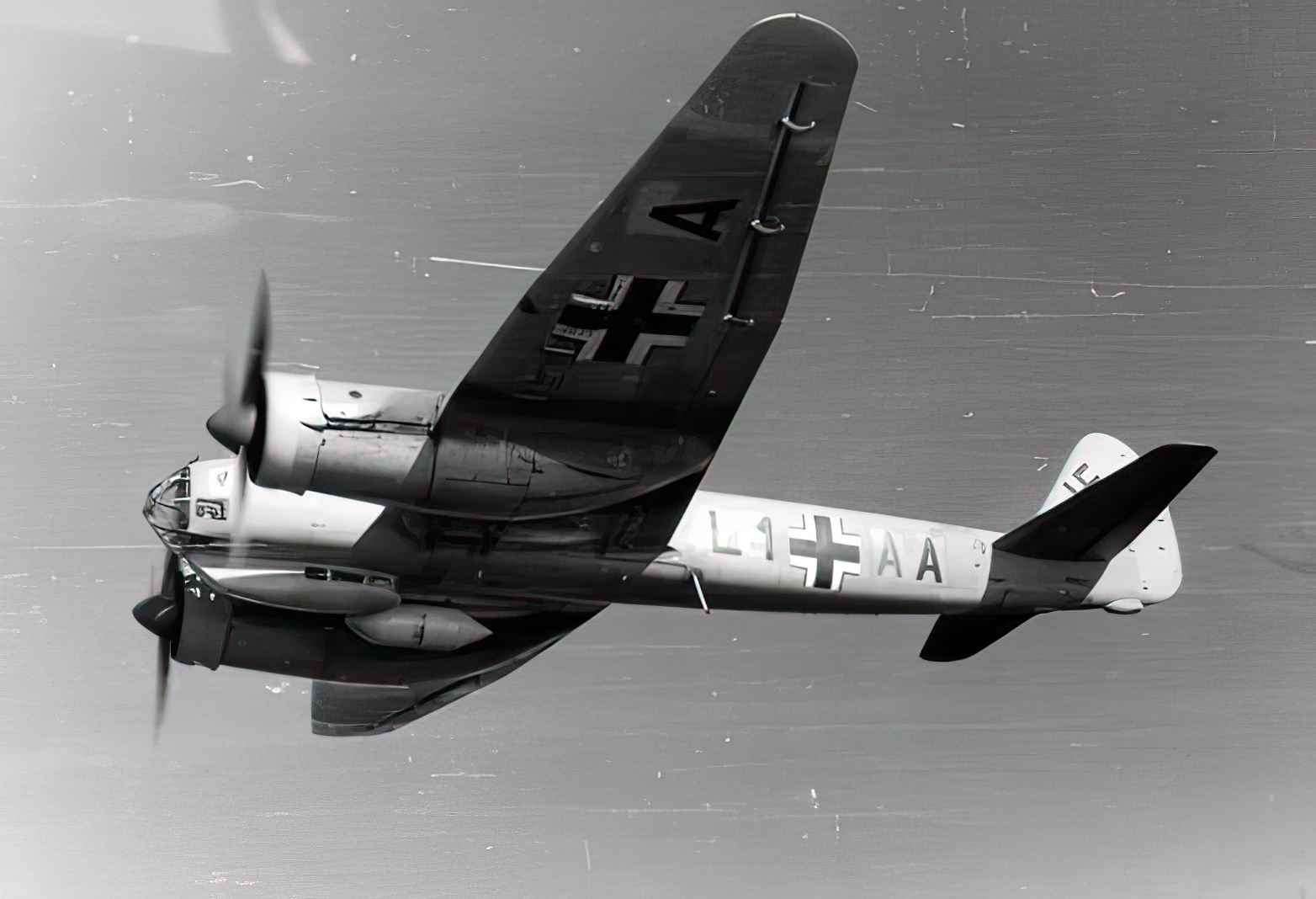
Design and Construction
The Ju 88 featured a sleek and streamlined design, incorporating advanced engineering principles. Its stressed-skin construction, using corrugated duralumin sheets, provided strength and durability. The aircraft had a twin-engine configuration, with the engines mounted in streamlined nacelles on the wings. The crew compartment was positioned forward, with the cockpit offering excellent visibility. The Ju 88 had a retractable tricycle landing gear, further enhancing its aerodynamic profile. The versatility of the design allowed for easy modifications and additions of various equipment, making it a truly adaptable aircraft.
Powerplant: Engines
The Junkers Ju 88 was powered by a range of engines throughout its production life. Initially, the Ju 88A-1 variant utilized two Junkers Jumo 211 liquid-cooled engines, each producing 1,200 horsepower. These engines featured a V12 configuration and were renowned for their reliability and performance.
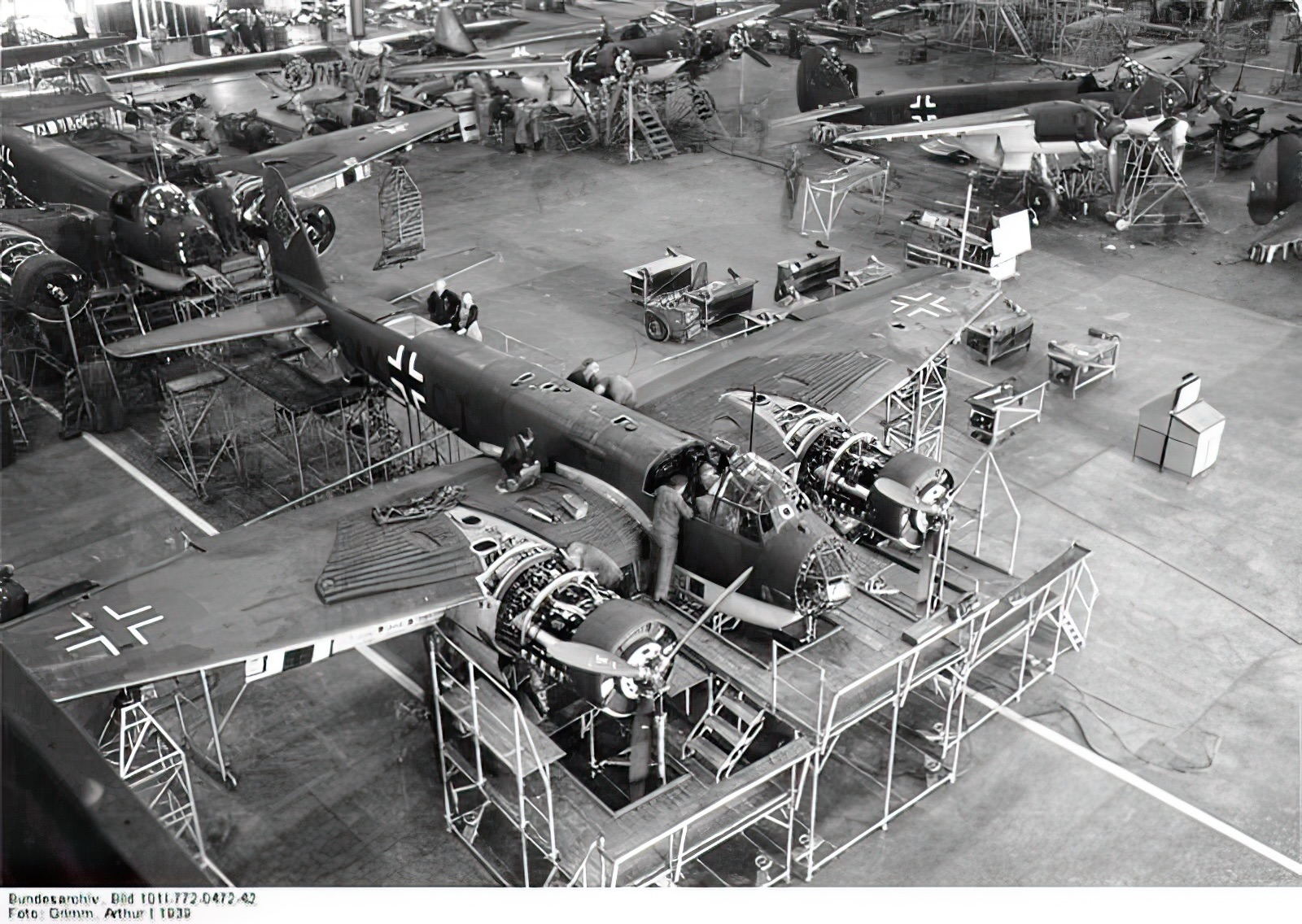
As the war progressed, the Ju 88 saw engine upgrades to enhance its capabilities. The Ju 88A-4 variant, for example, introduced improved Jumo 211J engines, providing a power output of 1,400 horsepower. These engines offered increased performance at high altitudes and helped the Ju 88 maintain its versatility across various operational environments.
In later production versions, the Ju 88 featured radial engines, such as the BMW 801 or the Junkers Jumo 222. These engines had a larger displacement and provided even greater power, enabling the Ju 88 to carry heavier loads and reach higher speeds.
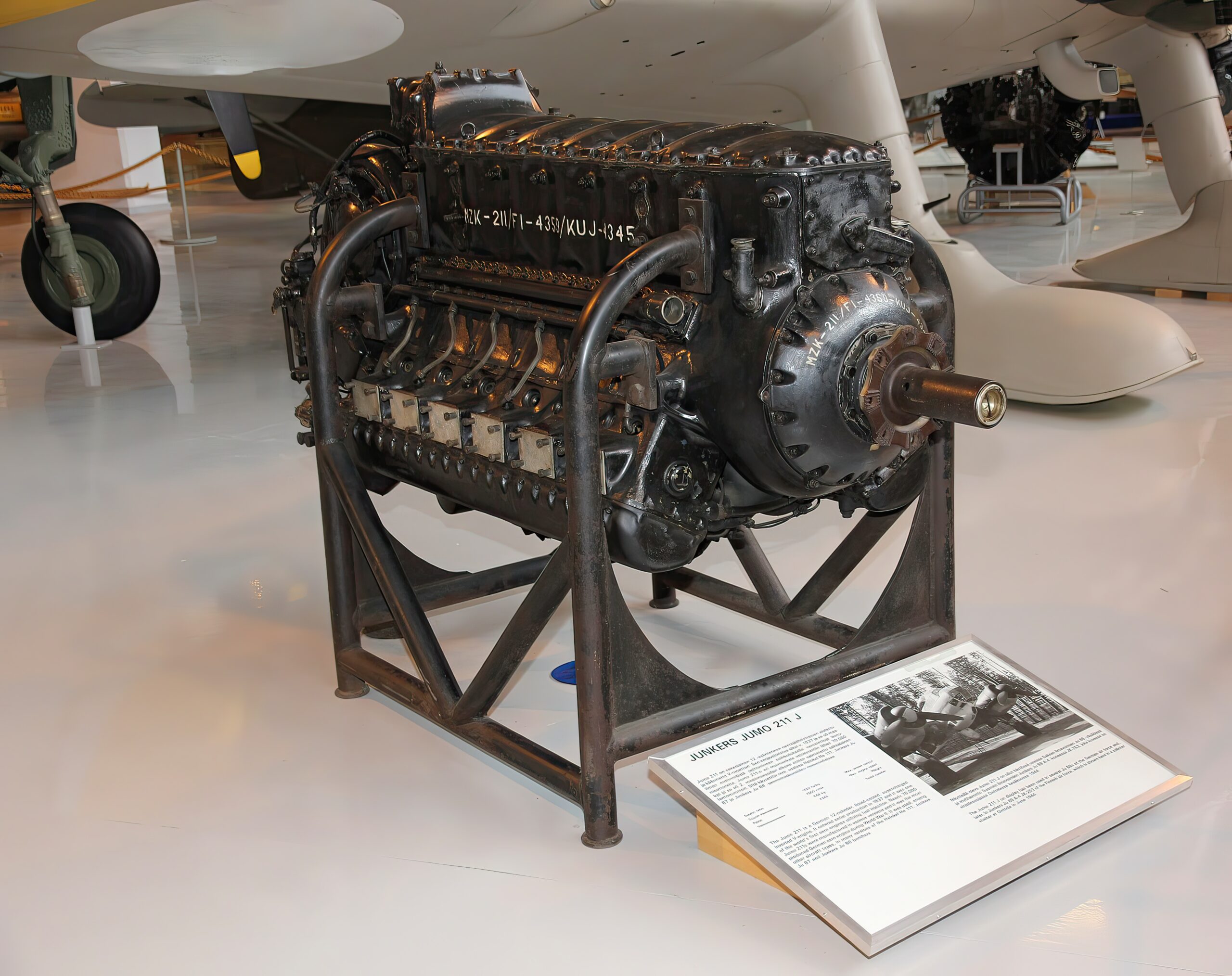
Performance and Operational Roles
The powerful engines of the Ju 88 contributed to its impressive performance. The aircraft had a top speed of around 310 mph and a range of approximately 1,550 miles. Its carrying capacity allowed it to deliver a substantial bomb load or operate as a reconnaissance aircraft, gathering crucial intelligence for the German military.
The Ju 88’s adaptability saw it excel in numerous operational roles, including bomber, dive bomber, night fighter, torpedo bomber, and even as a flying bomb carrier. Its speed, agility, and range made it a formidable asset on the battlefield and contributed to its enduring legacy.
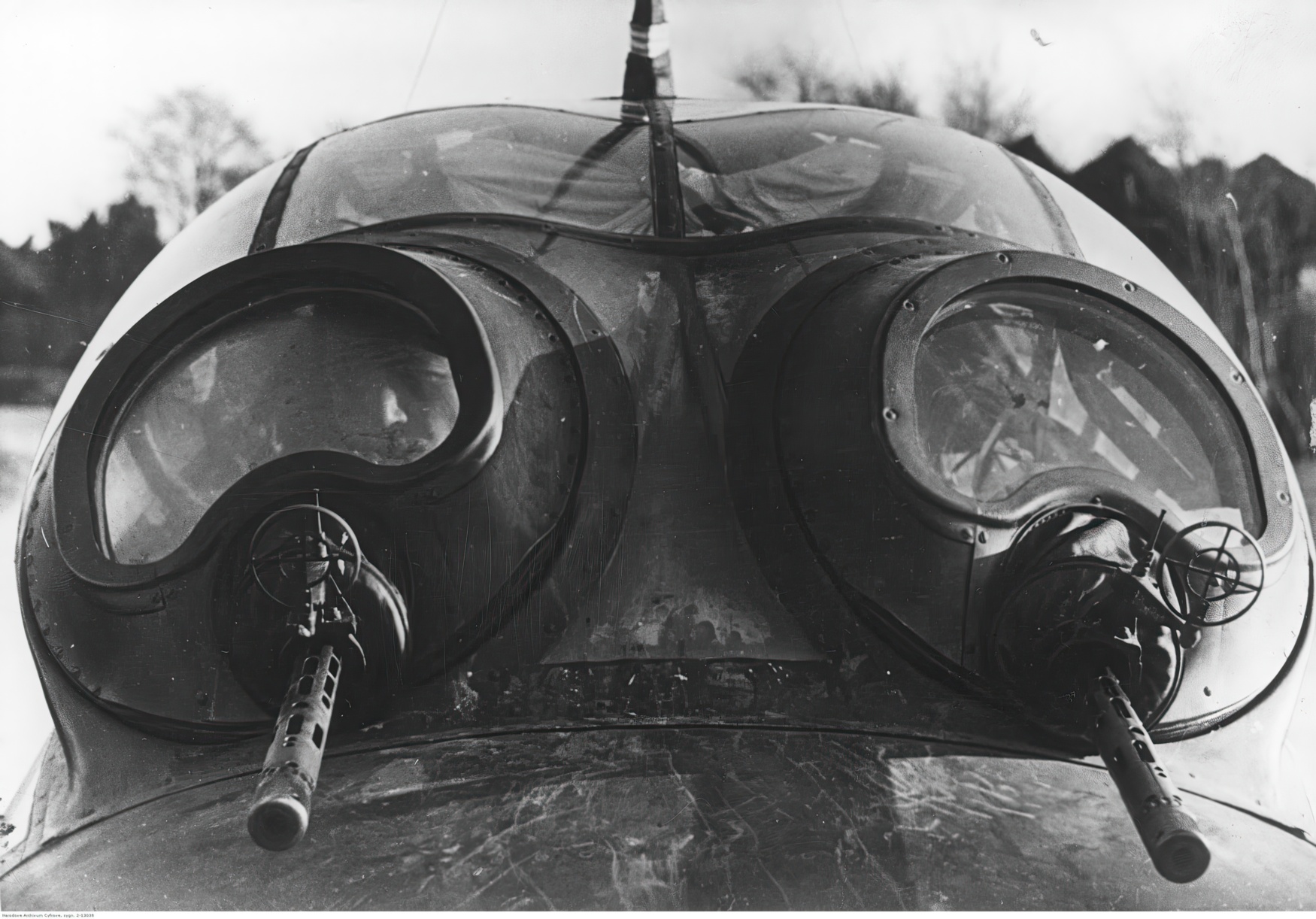
Junkers Ju88R-1 ‘360043’
Junkers Ju88R-1 ‘360043’ landed undamaged at Dyce, Scotland, May 9 1943 when the crew defected. The aircraft was escorted to the airfield by two Spitfire VBs from 165 Sqn. This was quite a coup as this was the latest German night-fighter type. Within five days it had been flown to Farnborough and given British markings and the serial ‘PJ876’. An extensive series of tests and evaluations followed, ending in April 1944 when the aircraft joined No 1426 (Enemy Aircraft) Flight, based at RAF Collyweston.
When the unit disbanded in January 1945, the aircraft joined the Central Fighter Establishment at Tangmere, before being allocated to a maintenance unit in October 1945. Between then and 1974 it remained in store other than very occasional static appearances at public events. In 1974/1975 the aircraft was restored at RAF St Athan and in 1978 it went on display in the Battle of Britain Hall at Hendon. In 2017 it was moved to Cosford when the Battle of Britain Hall was removed to celebrate the RAF’s 100th Anniversary (nope, I don’t understand it either!!). At least the ’88’ is now more photographable in her new home as part of Cosfords ‘War in the Air’ hangar. RAF Museum, Cosford, Shropshire, UK.
